What the Color of Your Exhaust Smoke Says About Your Car
Many drivers never think twice about what comes out of their tailpipe. But seasoned motorists know: the color of your exhaust can tell you a lot more than you might think.
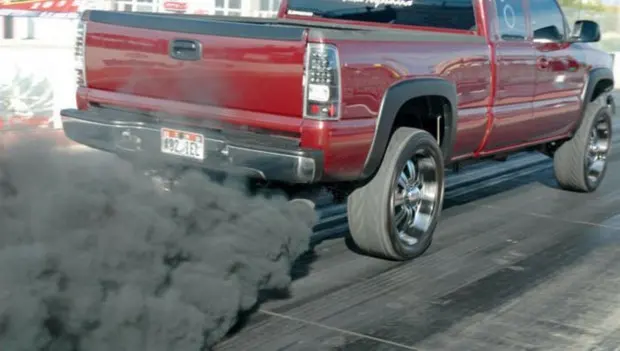
Most drivers can go years without paying attention to what their car is releasing into the air. But experienced drivers will tell you — the color of your exhaust isn’t just smoke; it’s the engine’s way of speaking to you. It’s a warning system, a clue to hidden problems. If one day you notice your exhaust looks unusual, don’t ignore it. Let’s break down what different colors of exhaust smoke mean — and when it’s time to head to the shop before trouble hits on the road.
1. Black Smoke
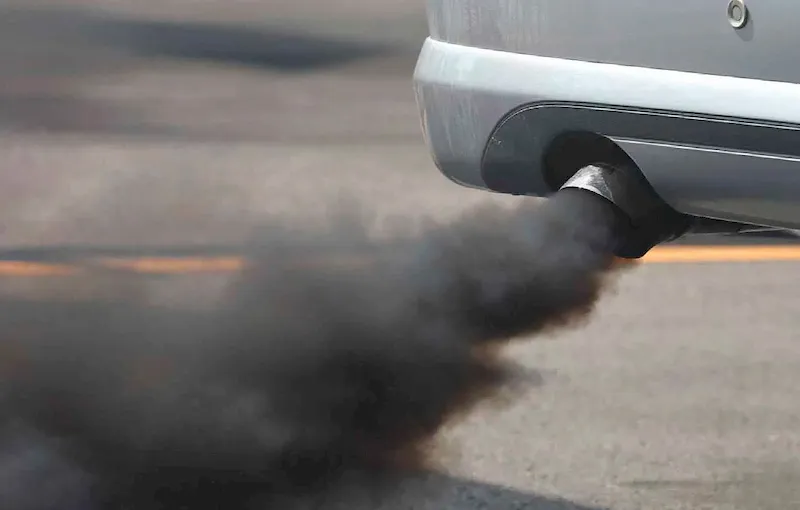
Thick black smoke is the most recognizable — and usually the most alarming. It means the engine is burning too much fuel, and some of it isn’t burning completely. In other words, gasoline is going straight through the system and out the tailpipe, leaving behind soot.
There can be several causes. Sometimes it’s as simple as a clogged air filter, which makes the air–fuel mixture too rich. Other times, it points to a problem with the fuel injection system, faulty injectors, or even sensor errors in the engine control unit.
For diesel engines, black smoke can be normal under hard acceleration — but if it continues at idle, something’s wrong. Either way, black smoke means wasted fuel and poor efficiency. If your gas mileage has dropped, don’t wait — get a diagnostic check.
2. White Smoke
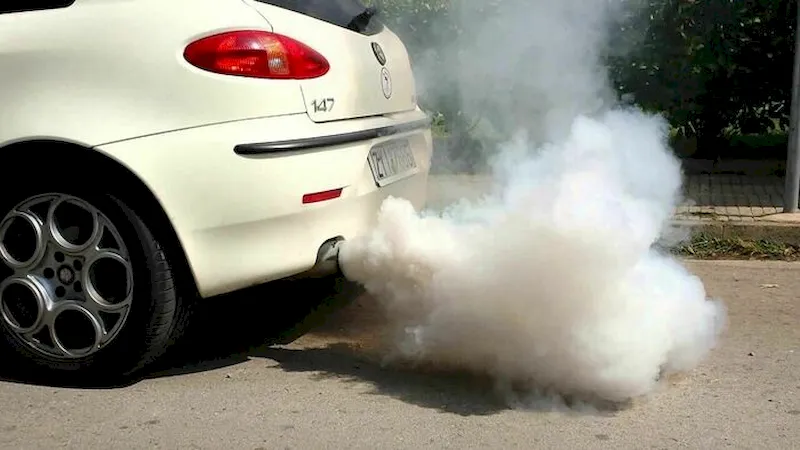
If you see white vapor from the exhaust on a cold morning, don’t worry — that’s just water vapor condensing. But if your car is warmed up and thick white smoke keeps coming, that’s a red flag.
It often means coolant is leaking into the combustion chamber — possibly from a blown head gasket, a cracked engine block, or a damaged cylinder head. Coolant doesn’t burn completely, and it leaves a sweet smell in the exhaust.
If you also notice rough idling, overheating, or bubbling in the coolant reservoir, the diagnosis is almost certain. Don’t put it off — this kind of problem can lead to major engine damage if ignored.
3. Blue Smoke
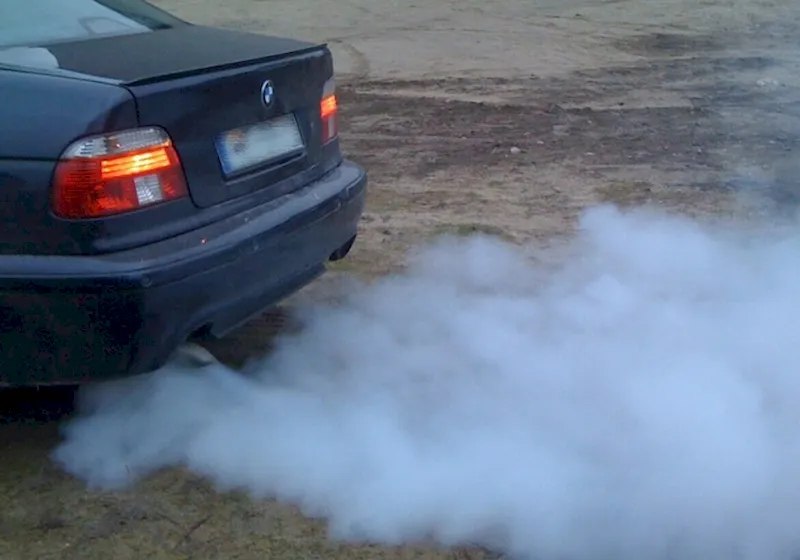
Blue or bluish-gray smoke usually means oil is burning inside the combustion chamber. This can happen for several reasons — worn piston rings, damaged valve seals, or other internal engine wear.
Engines with high mileage or a history of overheating are especially prone to this. Every time you start the engine, a little oil may slip into the cylinders and burn along with the fuel, producing that telltale bluish haze and burnt-oil smell.
If you find yourself topping off oil frequently, it’s a clear sign. The longer you drive with oil burning, the greater the risk of serious engine damage — even total failure.
4. Gray Smoke
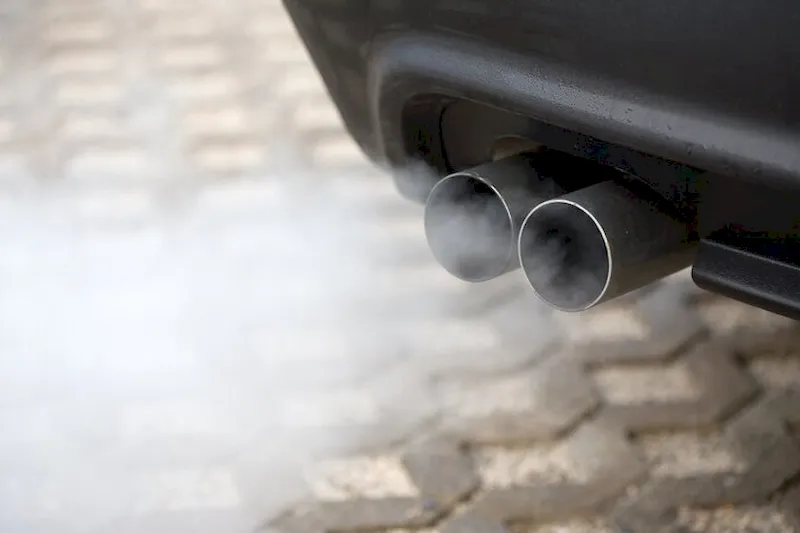
Sometimes exhaust smoke looks gray — not black, not blue, not white, but somewhere in between. This can point to several issues.
It could be light oil smoke, a transmission fluid leak in vehicles with automatic transmissions (the fluid can get sucked into the engine and burn), or a problem with the turbocharger. When turbo seals wear out, oil leaks into the intake system and burns during combustion.
In some cases, poor-quality fuel can also cause grayish exhaust. Whatever the reason, persistent gray smoke is worth investigating — pop the hood and get a professional diagnosis.
5. No Visible Smoke — Is That Normal?
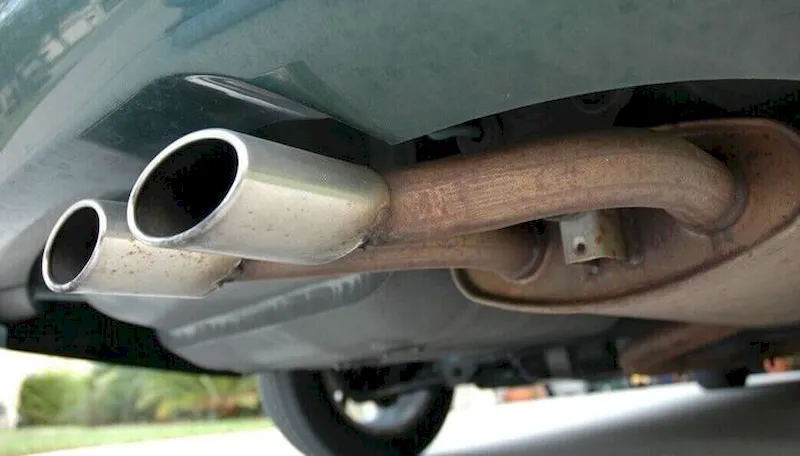
Yes — if you don’t see any smoke, that’s actually a good sign. Modern engines, especially gasoline ones, produce almost invisible exhaust when everything is working properly. A little vapor on a cold morning is fine.
It means the fuel is burning cleanly, the oil is staying where it should, and the coolant system is sealed.
Still, no visible smoke doesn’t always mean no problems. Other symptoms — vibrations, rough idling, or dashboard error lights — can reveal hidden issues. Regular maintenance is still key to keeping your engine healthy.
6. What to Do If Your Car Is Smoking
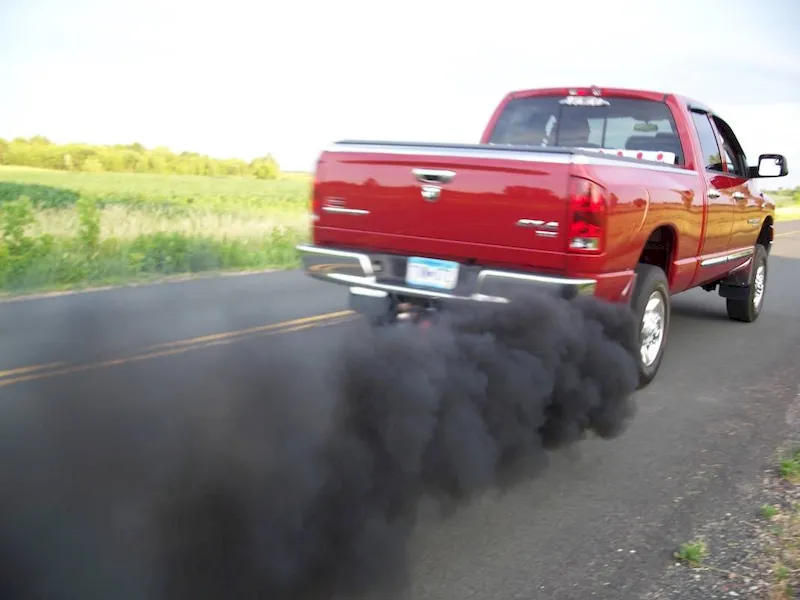
If you notice your exhaust has taken on a strange color, don’t panic — but don’t ignore it either. Here’s a quick cheat sheet:
-
Black smoke — too much fuel.
-
White smoke — coolant leak.
-
Blue smoke — burning oil.
-
Gray smoke — look deeper (possibly transmission or turbo issues).
Start by checking your oil and coolant levels, and make sure your fuel quality is good. Look for soot or moisture around the tailpipe. If you can, run a diagnostic scan — many problems trigger error codes before symptoms become serious.
Think of your car like a living organism: exhaust smoke is its way of “coughing.” It’s a reaction, a symptom — and learning to read it can save you from costly repairs down the line. Fixing a minor “cough” is always easier (and cheaper) than treating full-blown “pneumonia.”
You may also be interested in the news:
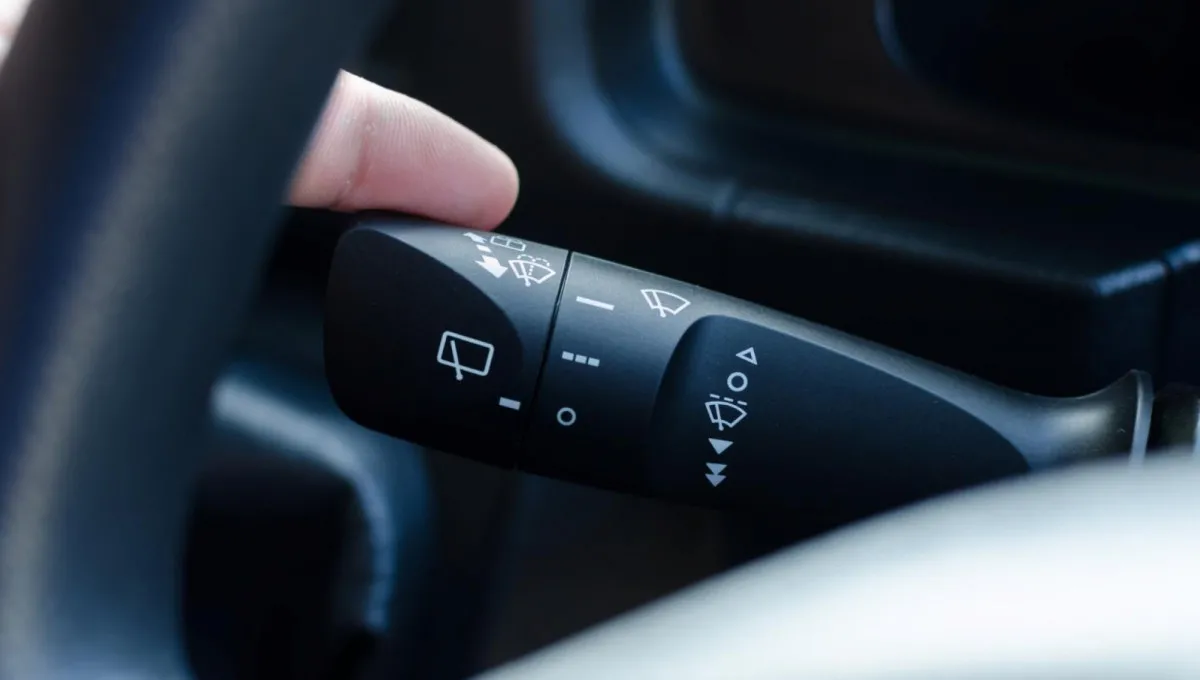
7 Hidden but Surprisingly Useful Features Every Car Has
Modern cars are packed with features most drivers never notice — from safety tricks to small conveniences that make life easier.

Steering Basics: Why You Shouldn’t Turn the Wheel All the Way to the Stop
Seasoned drivers know better than to crank a hydraulic power-steering system to the point of squeaks and groans.
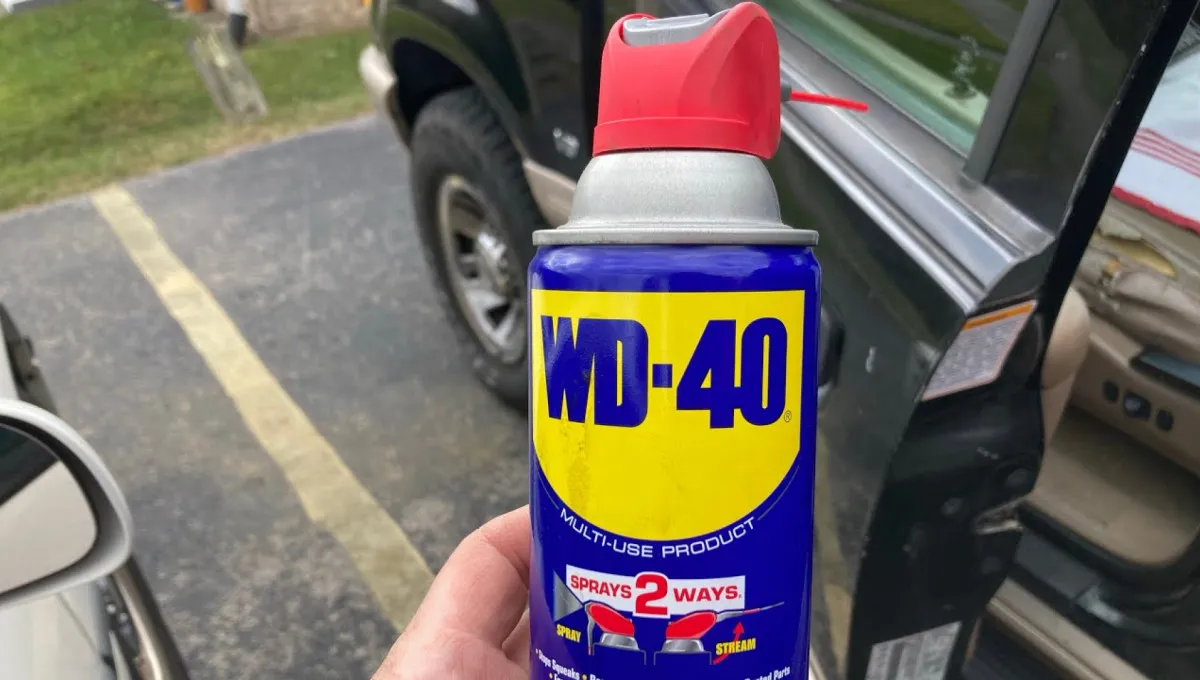
Why the Popular Lubricant Is Called WD-40—and Not WD-50 or WD-100
Seasoned drivers know this little miracle spray can bail you out of an unbelievable number of car troubles.

If Zodiac Signs Were Cars: The All-Wheel-Drive Horoscope That’ll Take You Places
Or: Why This Horoscope Smells Like Gasoline, Personality, and a Little Bit of Therapy
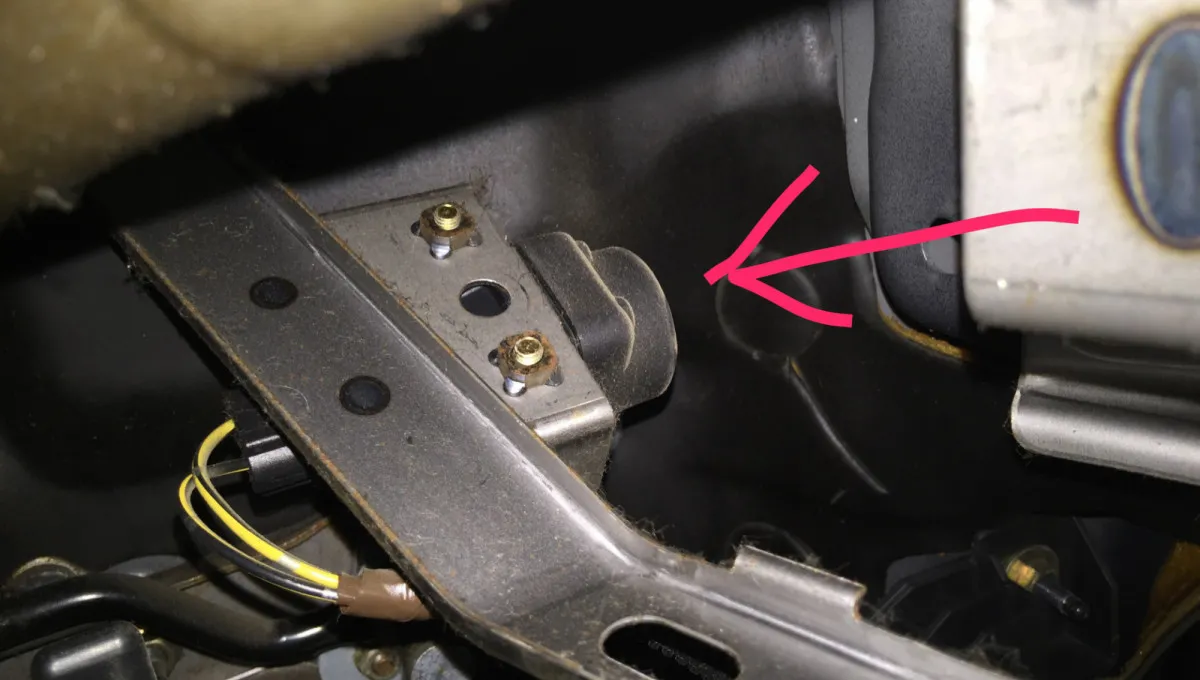
Mystery Button Hidden Under Most Car Dashboards — And Why So Many Drivers Don’t Know It Exists
Modern cars are packed with features and buttons whose purpose can be surprisingly hard to guess.